Here is my take on Light My Fire. It's a very stereophonic mix. You can see that it's consistently about 5.5dB more side than mid, all the way across.I played a bit with Light My fire,
Here is what I see. This is not the whole track, it's about 2 minutes out of the middle. It's very high in stereo content, but we can see that it's summed to mono under 60Hz. Maybe they were expecting an LFE channel.Analyze "The Kraken" by Hans Zimmer.
Nice. That seems to prove that both mono and stereo bas exist.
Although I think many mixes are done with mono (center) kick drum.
I'll try that plugin in Audition, for I'm not familiar with Audacity nor mid/side decoding.
Where can I find it?
Although I think many mixes are done with mono (center) kick drum.
I'll try that plugin in Audition, for I'm not familiar with Audacity nor mid/side decoding.
Where can I find it?
@Netlist I ended up using the Mid-Side encoder in JRiver as it was easier and faster for me than using Audacity.
This VST plugin works in Audacity, but I had to copy it to the Audacity plugins folder. If you are using Mac, then choose that version
https://www.voxengo.com/product/msed/
This VST plugin works in Audacity, but I had to copy it to the Audacity plugins folder. If you are using Mac, then choose that version
https://www.voxengo.com/product/msed/
Just to annoy you all, here are a few more. 😛 I'll let you decipher them and decide how stereophonic they are above and below 100Hz
Remember, the MID channel is the mono component of the track, the SIDE channel is the difference between the tracks (stereo)
Remember, the MID channel is the mono component of the track, the SIDE channel is the difference between the tracks (stereo)
Attachments
-
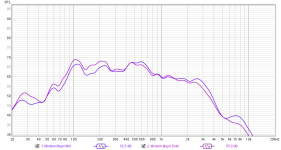 Modern Major General.png17.9 KB · Views: 69
Modern Major General.png17.9 KB · Views: 69 -
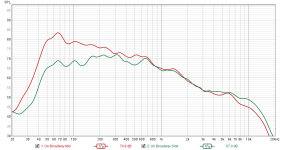 On Broadway Benson.png19.4 KB · Views: 65
On Broadway Benson.png19.4 KB · Views: 65 -
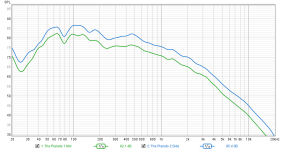 Planets 1.png19.6 KB · Views: 58
Planets 1.png19.6 KB · Views: 58 -
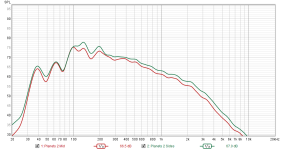 Planets 2 Melb.png19.5 KB · Views: 67
Planets 2 Melb.png19.5 KB · Views: 67 -
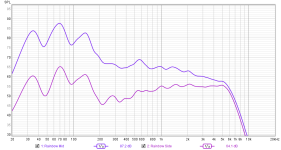 Rainbow Marley.png20.7 KB · Views: 63
Rainbow Marley.png20.7 KB · Views: 63 -
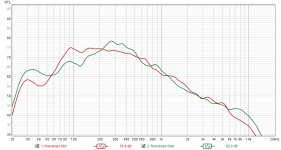 Raindrops keep falling Como.png18.8 KB · Views: 75
Raindrops keep falling Como.png18.8 KB · Views: 75 -
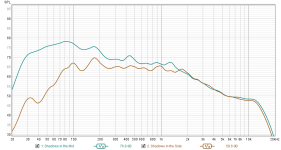 Shadows in the Rain Sting.png18.8 KB · Views: 56
Shadows in the Rain Sting.png18.8 KB · Views: 56 -
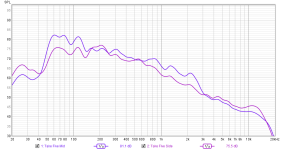 Take Five Brubeck.png19.5 KB · Views: 74
Take Five Brubeck.png19.5 KB · Views: 74 -
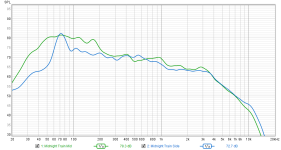 Midnight Train to Georgia Gladys.png18.5 KB · Views: 69
Midnight Train to Georgia Gladys.png18.5 KB · Views: 69 -
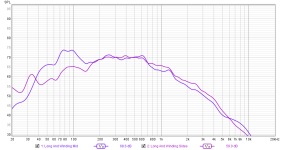 Long and Winding.png18.1 KB · Views: 67
Long and Winding.png18.1 KB · Views: 67 -
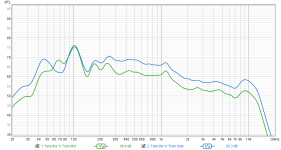 A train Esquivel.png20.2 KB · Views: 67
A train Esquivel.png20.2 KB · Views: 67 -
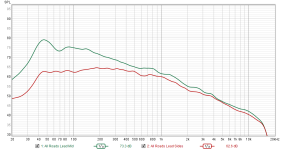 All roads lead to you Chicago.png17.1 KB · Views: 63
All roads lead to you Chicago.png17.1 KB · Views: 63 -
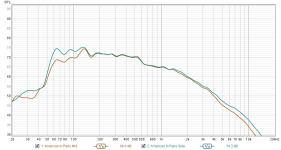 American in Paris.png17.6 KB · Views: 59
American in Paris.png17.6 KB · Views: 59 -
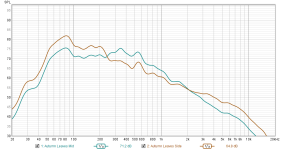 Autumn Leaves Peterson.png19.6 KB · Views: 67
Autumn Leaves Peterson.png19.6 KB · Views: 67 -
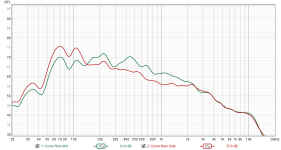 Come rain or come shine Sinatra.png18.7 KB · Views: 60
Come rain or come shine Sinatra.png18.7 KB · Views: 60 -
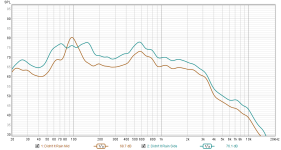 Didnt it Rain Belafonte.png19.3 KB · Views: 52
Didnt it Rain Belafonte.png19.3 KB · Views: 52 -
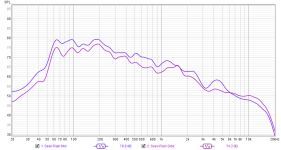 Have you ever seen rain CCR.png19.8 KB · Views: 62
Have you ever seen rain CCR.png19.8 KB · Views: 62 -
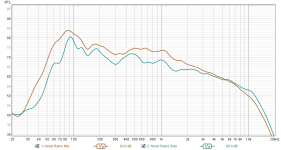 It never Rains in Cali.png20.7 KB · Views: 59
It never Rains in Cali.png20.7 KB · Views: 59
I don’t have a lot of vinyl rips to test this, but have found that some mix the bass to mono, others don’t. I haven’t yet been able to predict which do or don’t. 🙂
If you have any, try a Sheffield labs (or M&K) direct to disc LP.
I need to make myself more familiar with this method.I'll let you decipher them and decide how stereophonic they are above and below 100Hz
Yes, we need a large number of rips and across many genres. And I need a way to make those plots in Batch mode, they are tedious.Unfortunately, we both don't have enough material, so we need a volunteer.
Getting them into Mid-Side is easy, but the plots are not. Maybe a Matlab or Python guru could help
It does include the legend and even the cursor, if you chose to include it.
Are my REW plots missing any info?
Are my REW plots missing any info?
This made me recall that there have been various "pan laws" or "pan rules" employed, the changes the signal level when panned between the center and left or right to achieve a steady level when panning across the stereo field.Here is my take on Light My Fire. It's a very stereophonic mix. You can see that it's consistently about 5.5dB more side than mid, all the way across.
With many DAWs (Digital Audio Workstations), an engineer can now choose the pan law, but that wasn't the case in the pre-digital era.
In analog mixing consoles, -3dB, was generally most common pan law, SSL used -4.5dB, the Amek 3000 used -6dB.
Depending on the console, monitors used, mix and mastering engineers, there is a huge variety in the L/R composition and frequency content of stereo recordings.
Whether you like it or not, you won't hear it the way it was recorded if you play back with subs summed mono, or a single sub if the main speakers are high passed.
I remember when we used to worry about mono compatibly for broadcast. Not much of a problem now, I suppose.
Here is something fun. Sergio Mendes Agua de Beber from CD and from vinyl. First we see the mono (Mid) signal showing Vinyl vs CD. They have a similar FR, the CD has a bit more bass and top end.

Here is the stereo difference signal (Side). Again, very similar FR between the two and we certainly see that <100Hz is not mono on the vinyl nor on the CD.

Here is the stereo difference signal (Side). Again, very similar FR between the two and we certainly see that <100Hz is not mono on the vinyl nor on the CD.
Hugo has found they same, that stereo is strong in the bass on this track. He has used different software and methods and will post here.Below is "Us and Them" from DSOTM. You can see that the stereo effect is very strong across the spectrum.
- Home
- Loudspeakers
- Subwoofers
- Is there in Bass, no Stereo?